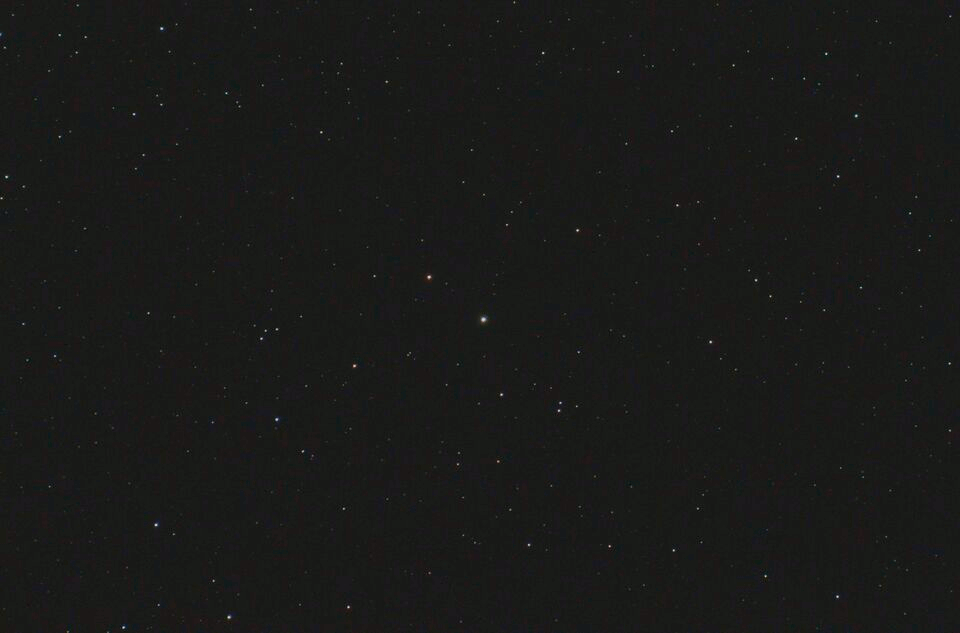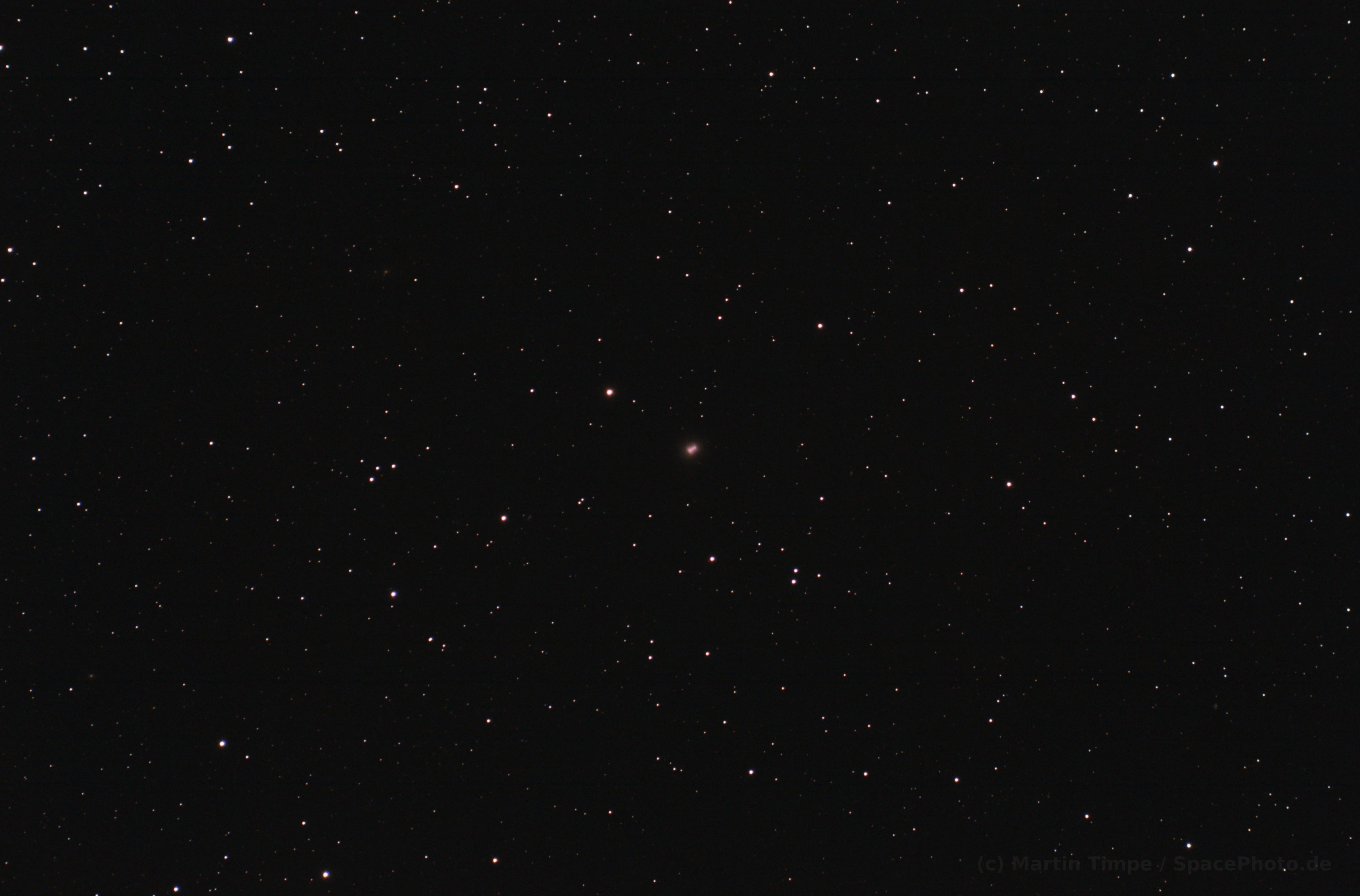Revealing Asteroid (4)Vesta
Have you ever been sitting at your computer playing with the planetarium program where you can load the current orbits of thousands of asteroid by a mouse click? And yes, they all line up nicely on the screen then, in denser swarms around the ecliptic - as one would expect since many are fragments within our planetary disc around the sun. But when looking at the sky at night - are they really out there? Or are they just propaganda to drive space agencies observation programs? Let's check that ourselves with an object that should be nominally easy to find: the asteroid (4) Vesta is one of the larger pieces and therefore brighter and easy to detect even with a binocular. Since I had time and gas nebula could not be easily imaged in the early morning hours from my location in February, I used the opportunity and pointed my telescope at Vesta which should be wandering through the constellation Lion this morning (according to a button press result in my sky charts program). The observations were all done by the camera and the mount automatically and assembling the frames reveals the "trojan star":
When integrating the frames without outlier rejection on can see the short line that the asteroid makes against the (at least on hour time scale) invariant stars:


